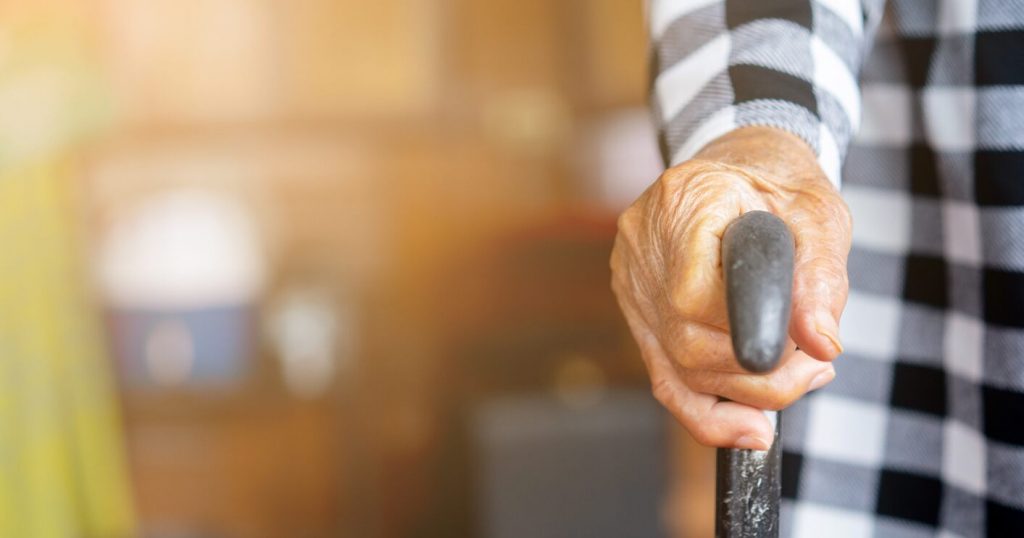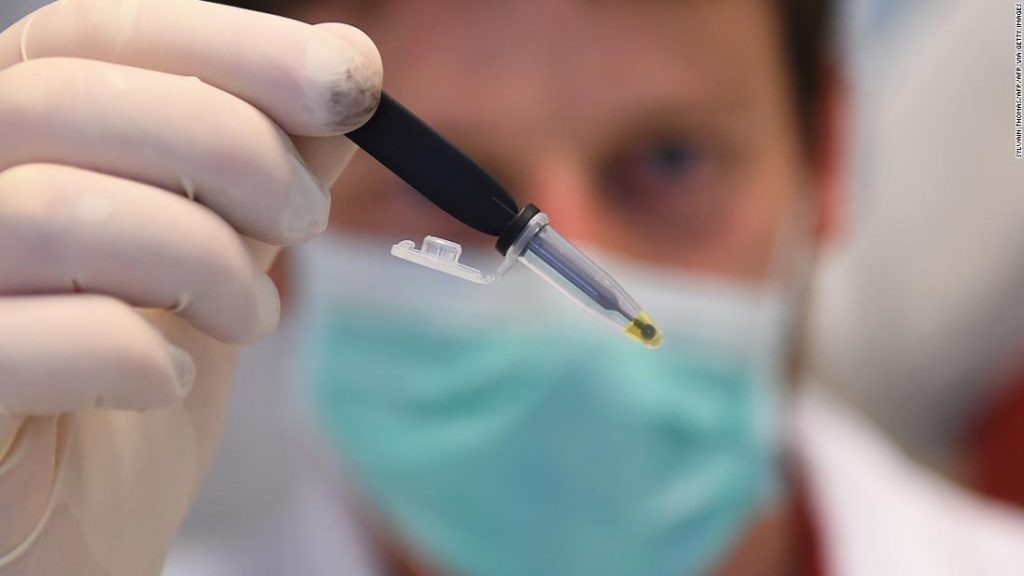Senior Living Blog

Coronavirus infections rising in New Jersey nursing homes: report
Coronavirus infections among nursing home residents are ticking higher in New Jersey as the second wave has taken effect, per a report. State health records show cases at the Dellridge Health & Rehabilitation Center in North Jersey spiked from two infections in October to seven this week, a local outlet, NorthJersey.com, reported. The incidence of cases among […]
November 17, 2020

Missourians faced a health care gap, so they took matters into their own hands
Missourians faced a health care gap, so they took matters into their own hands Organizing for Medicaid expansion Missourians mobilized by the thousands to get Medicaid expansion on the ballot this year, a move that will impact 230,000 low-income residents in the “coverage gap.” For almost a decade, advocates in Missouri have been lobbying their […]
November 17, 2020

Trump administration set to announce Medicare and Medicaid will cover Covid vaccine
Trump administration set to announce Medicare and Medicaid will cover Covid vaccine The Trump administration is set to announce as early as this week that Medicare and Medicaid will cover out-of-pocket costs for a potential coronavirus vaccine that is granted emergency use authorization, according to a person familiar with the matter. Coming days before the […]
November 16, 2020

Inaccurate Census count could affect $1.5 trillion in federal funding
A census taker knocks on the door of a residence in August in Winter Park, Fla. Census workers visited households that hadn’t yet responded to the 2020 census. The consequences of an inaccurate census Highway construction. Food stamps. Rural education. Medicare. The federal government relies on data derived from the decennial census to distribute roughly […]
November 9, 2020

What you need to know about at-home Covid-19 tests
Is Covid testing on your shopping list? Costco, a popular wholesale store with locations across the US, has announced that it will sell a direct-to-consumer diagnostic test for Covid-19, joining a growing list of retailers providing diagnostic tests. Kent Sepkowitz writes that even though at-home Covid-19 tests will now be available at a number of […]
November 9, 2020

Walmart’s Next Health Foray Is Medicare Plan With Startup Clover
Could you be looking at Medicare Advantage plans offered by Walmart in the future? Walmart is partnering with an insurance startup, Clover Health, to offer seniors in Georgia access to their new Medicare Advantage plans next year. Two products will be available and members of those plans will have access to the new Walmart Health […]
October 23, 2020

How To Keep Your Medicare Costs Down in 2019
Most doctors accept Medicare as full payment for their services. But some accept it only for certain services, and others don’t accept it at all.
January 16, 2019

What You Need To Know About 2018 Medicare Part B Rates and IRMAA
If you have higher income, the law requires an adjustment to your monthly Medicare Part B (medical insurance) and Medicare prescription drug coverage premiums. Higher-income beneficiaries pay higher premiums for Part B and prescription drug coverage. This affects less than five percent of people with Medicare, so most people don’t pay a higher premium.
October 8, 2018

5 Things You Should Know About Social Security
If you’re a long way from retirement, knowing the ins and outs of Social Security might not seem particularly important. However, your Social Security benefits should play a key part in your retirement planning process — and you can’t factor in your Social Security benefits if you don’t understand how they work. The result will […]
July 19, 2017

7 Mistakes To Avoid When Filing For Social Security Disability Benefits
It is most likely that your Social Security disability application and appeal will take two to three years. However, during this long process there are mistakes you need to avoid making that could disrupt your claim. Here are 7 of the biggest mistakes made when filing SSDI claims:
June 27, 2017
